Brighton is a city synonymous with celebrating difference, championing diversity and challenging stereotypes.
As the unofficial capital of the LGBQ+ community and home of the largest pride event in the UK, there is no better place to stage the themes explored in this year’s Brighton Photo Biennial.
Curated and produced by Photoworks, Beyond the Bias – Reshaping Image addresses how photography can inform and reflect socio-political issues.
Identity and self-representation are questioned in relation to the wider context of mass-representation – where self-image and attitude are often co-opted – investigating
photography’s function in the political of the body, gender, sexuality and subversion of cultural norms.
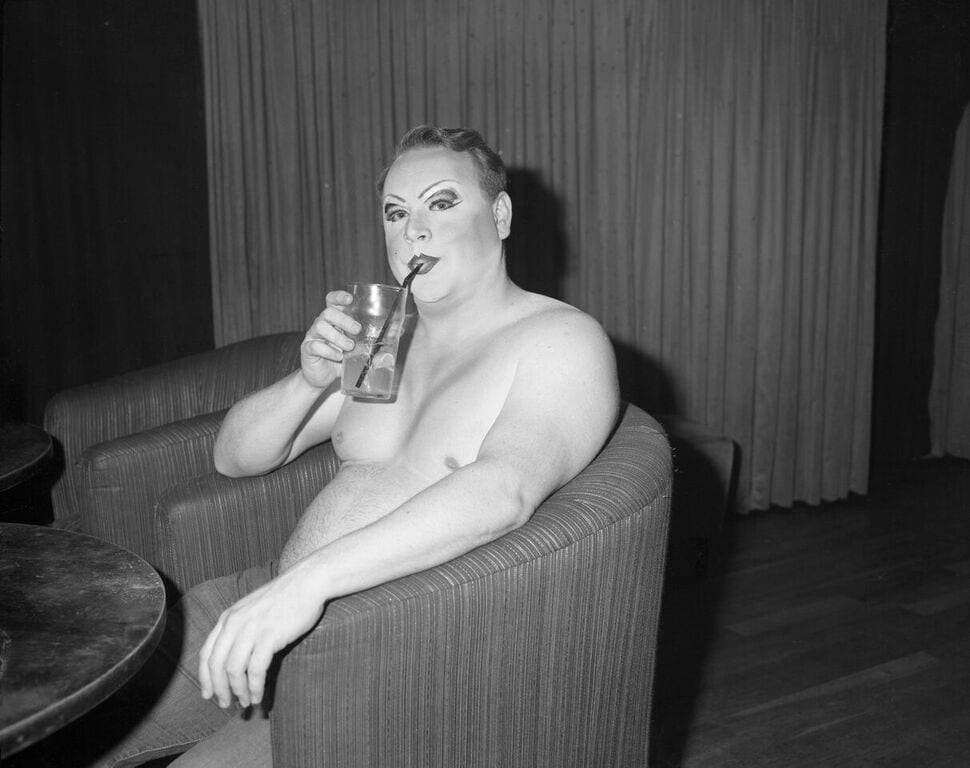
At the core of the festival are three major exhibition projects, one a European premiere from the USA, the others being two new commissions; one centered on British Youth Style, the other documenting the multicultural experiences of identity in India and the UK.
Reimagine traces the concepts of shame, intimacy and fantasy in broader relation to the private and public presentation of self-image.
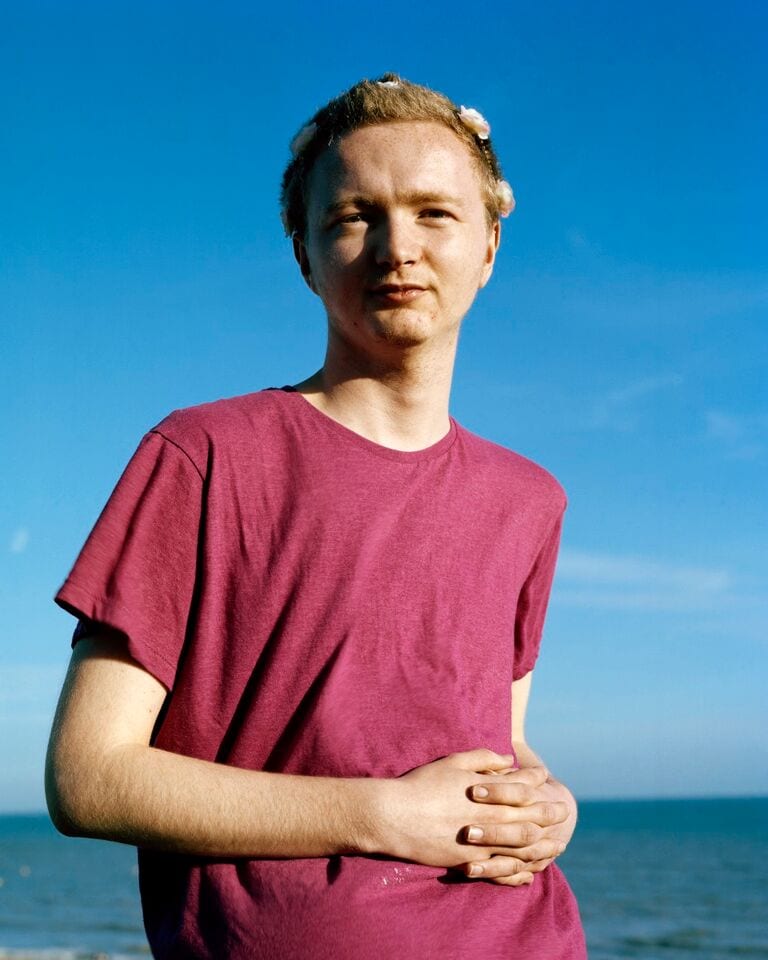
“As curators we felt there was a connectivity and concern between both photographers says director of Photoworks, Celia Davies. “We were excited by the fact that they both show a prolonged and devoted attention to communities they had been working with.”
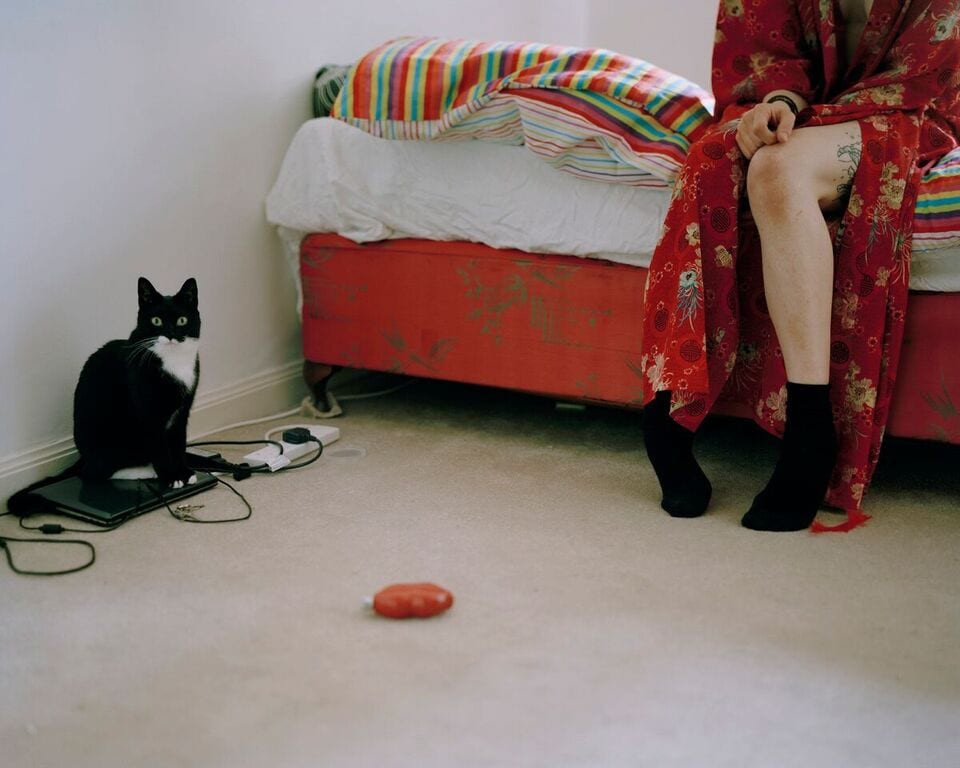
One of the main draws of the festival is The Dandy Lion Project, curated by Shantrelle P. Lewis.
The exhibition explores global expressions of the Black Dandy phenomenon against the backdrop of contemporary life, presenting more than 150 images from over thirty photographers and filmmakers.
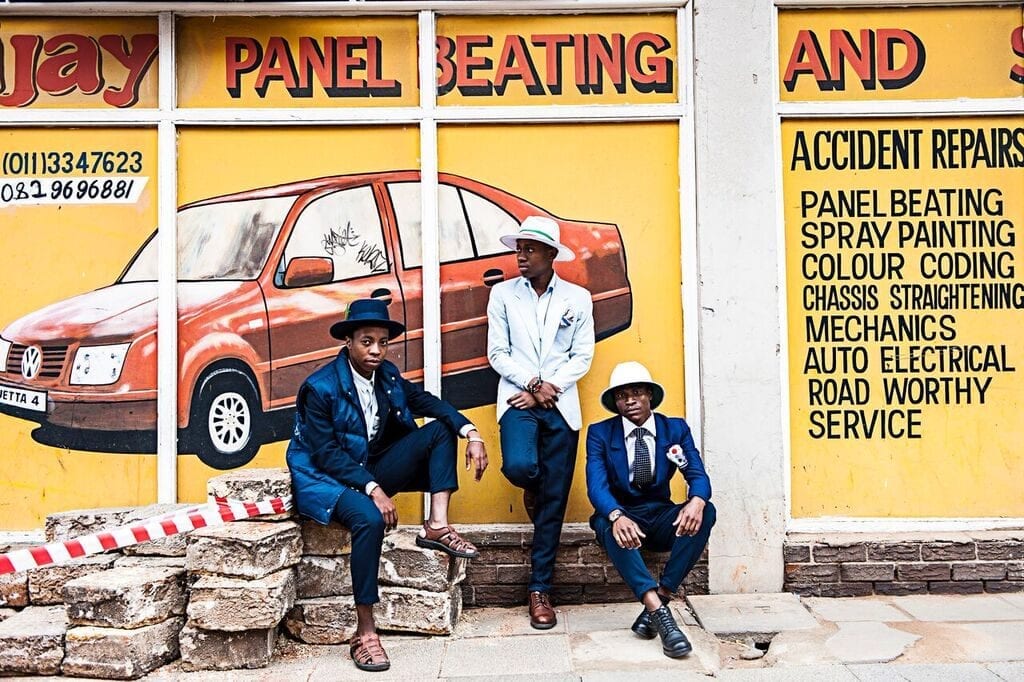
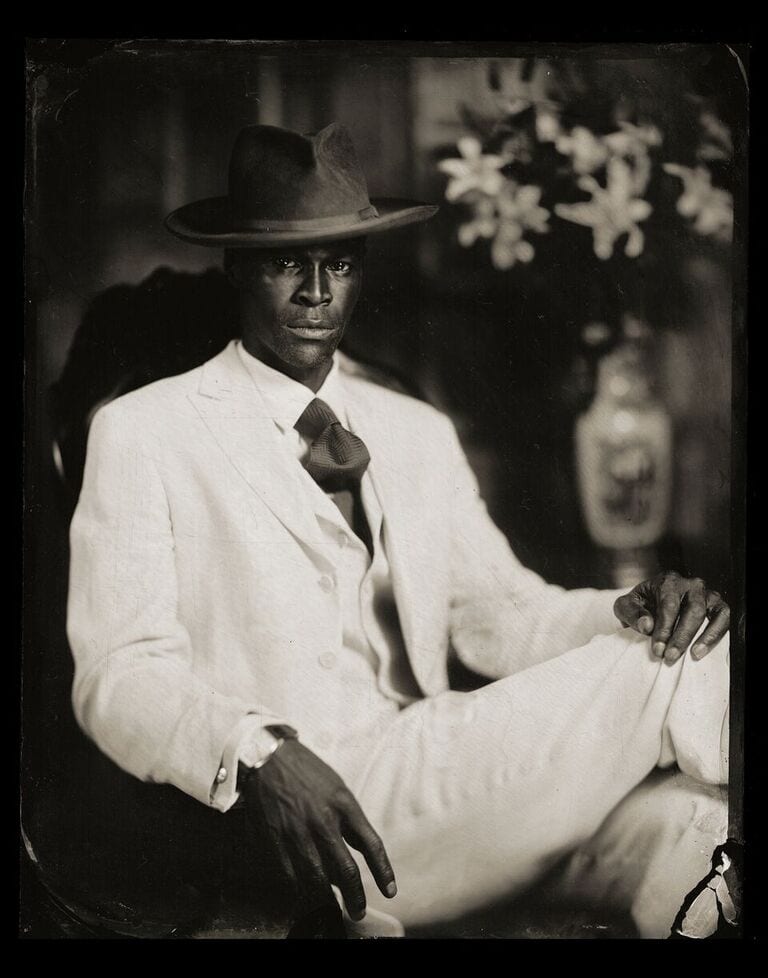
“Dandyism is almost this free opportunity and form of empowerment because individuals who are demanding their own agency in the self styling of who they are as black men, not only how they see themselves but how they want to be seen by society and that’s what is such a powerful tool is the act of rebellion.”
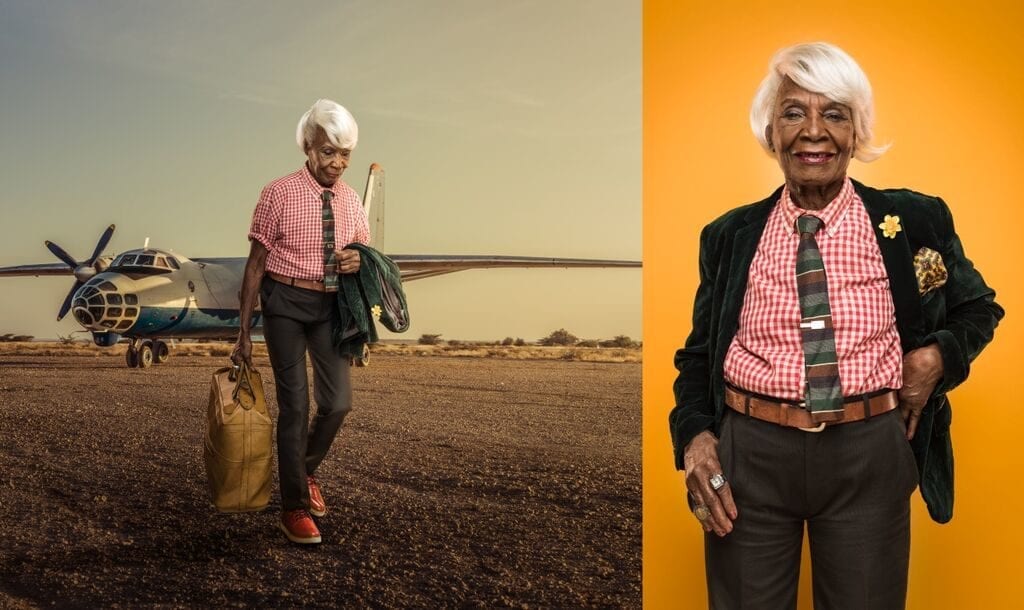
Kick over the statues casts young Londoners against locations along the route of the infamous Notting Hill Carnival to explore the contemporary representations of today’s youth style that are both genuine and striking.
“I quickly decided to locate the work around Notting Hill Carnival, for me that area of London has a timeline and is a genesis for different aspects of youth culture,” says Spencer. “West London is historically the home of the plurality of British culture in terms of ethnicity and style, it was hugely responsible for the beginning of the mod movement that for me was the beginning of youth style and culture as we know it today.”
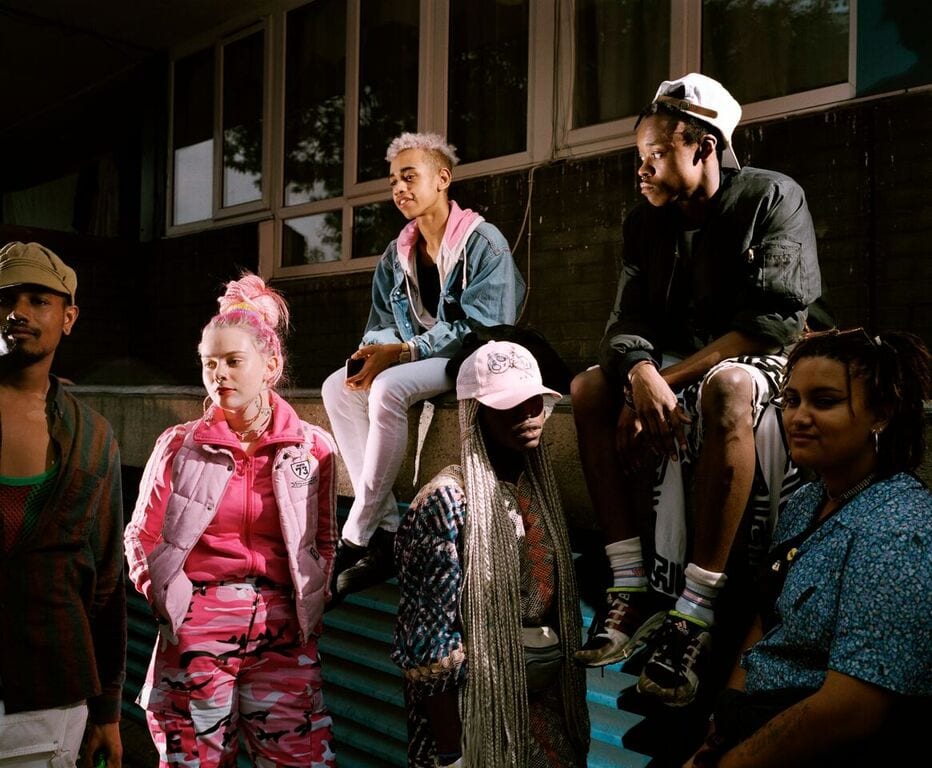
“With the scale we really wanted to bring the external inside, I work commercially and I quite like seeing my work on billboards out there in city centres, and I have done for quite a long time.”
“I often get asked where is youth culture, where does it live right now, is it in the city or suburbs,” explains Spencer. “What I’ve come to the realisation of is that it’s online, that’s where youth culture and subculture lives now, so the idea of taking digital images and projecting them onto contemporary youth was quite intentional.”
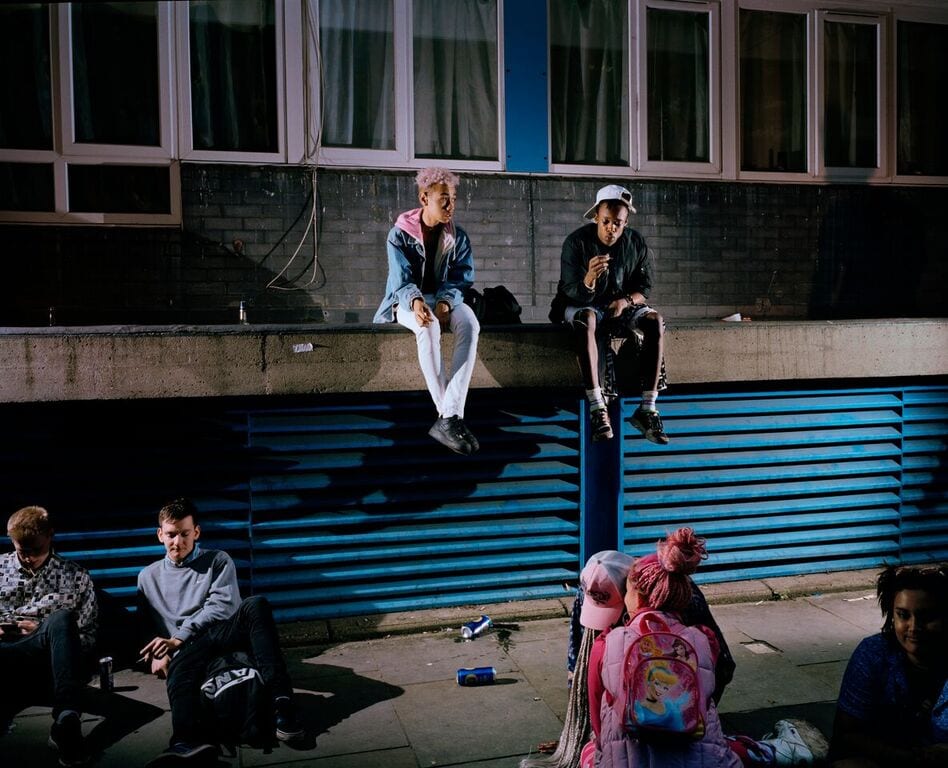
Our City, How do we Look? sees four University of Brighton students investigating the life and style of Brighton; while Into the Outside: The Story So Far re-examines the city’s rich LGBQ+ past and present, creating a new and evolving archive for queer youth experiences.
The major heritage learning project is led by artist Helen Cammock and a collective of young participants from 13-24 years of age, to examne how issues faced today by young people identifying as LGBQ+ compare with those faced by young LGBQ+ people over the past 40 years.
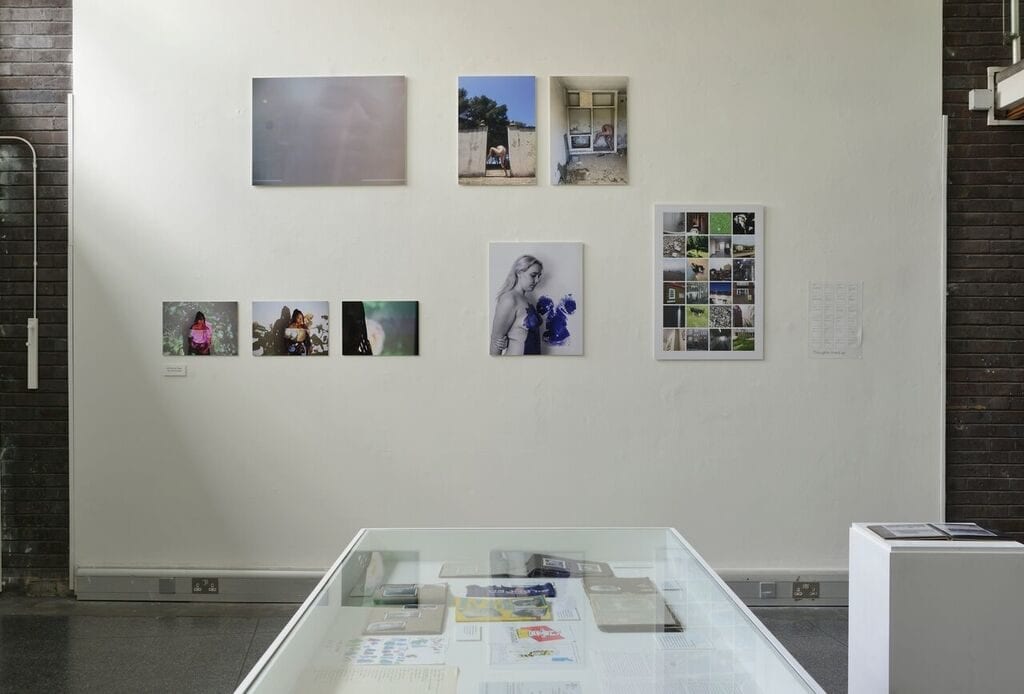
Brighton Photo Biennial runs until 30 October 2016. For the full programme of events and more information, go here.
